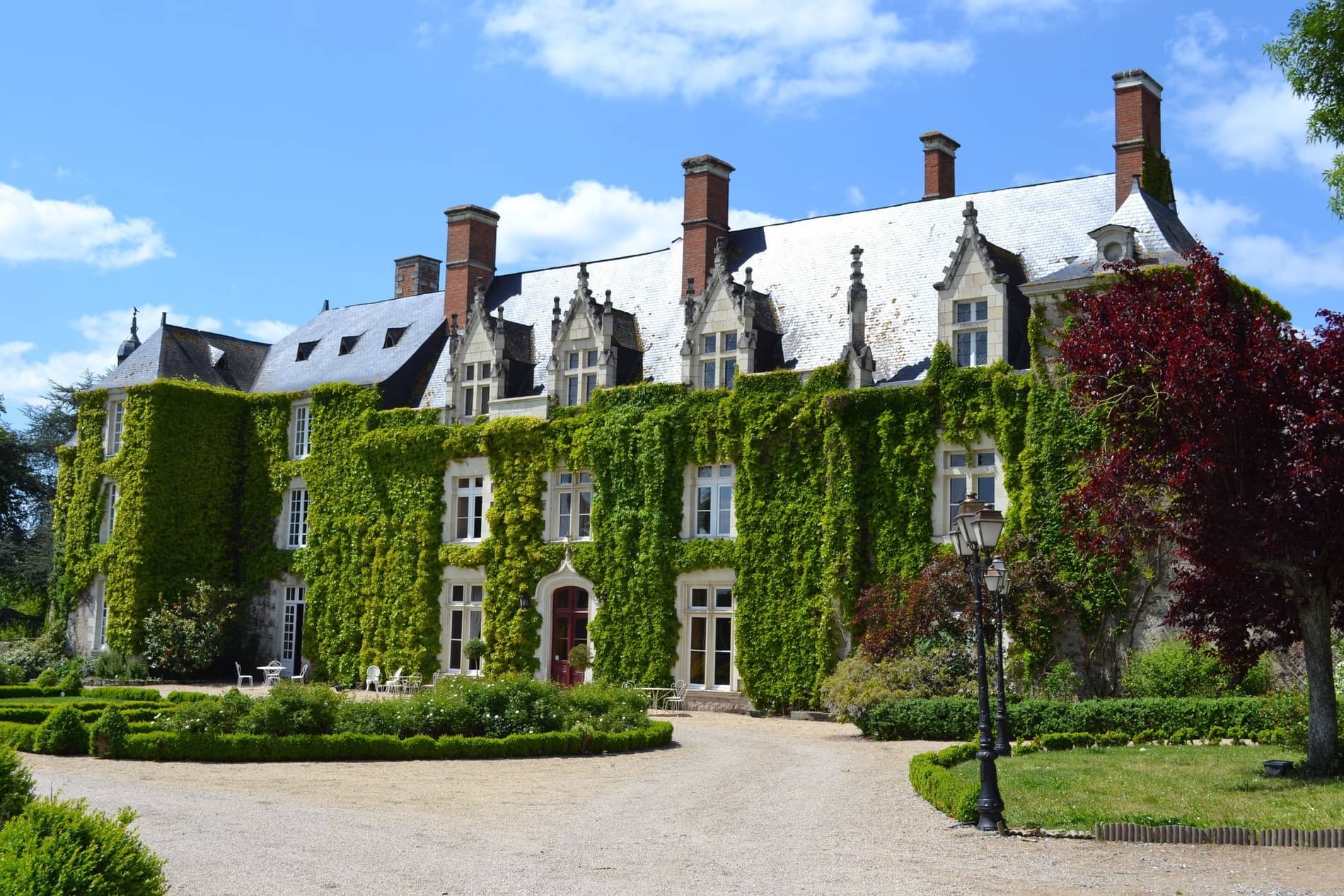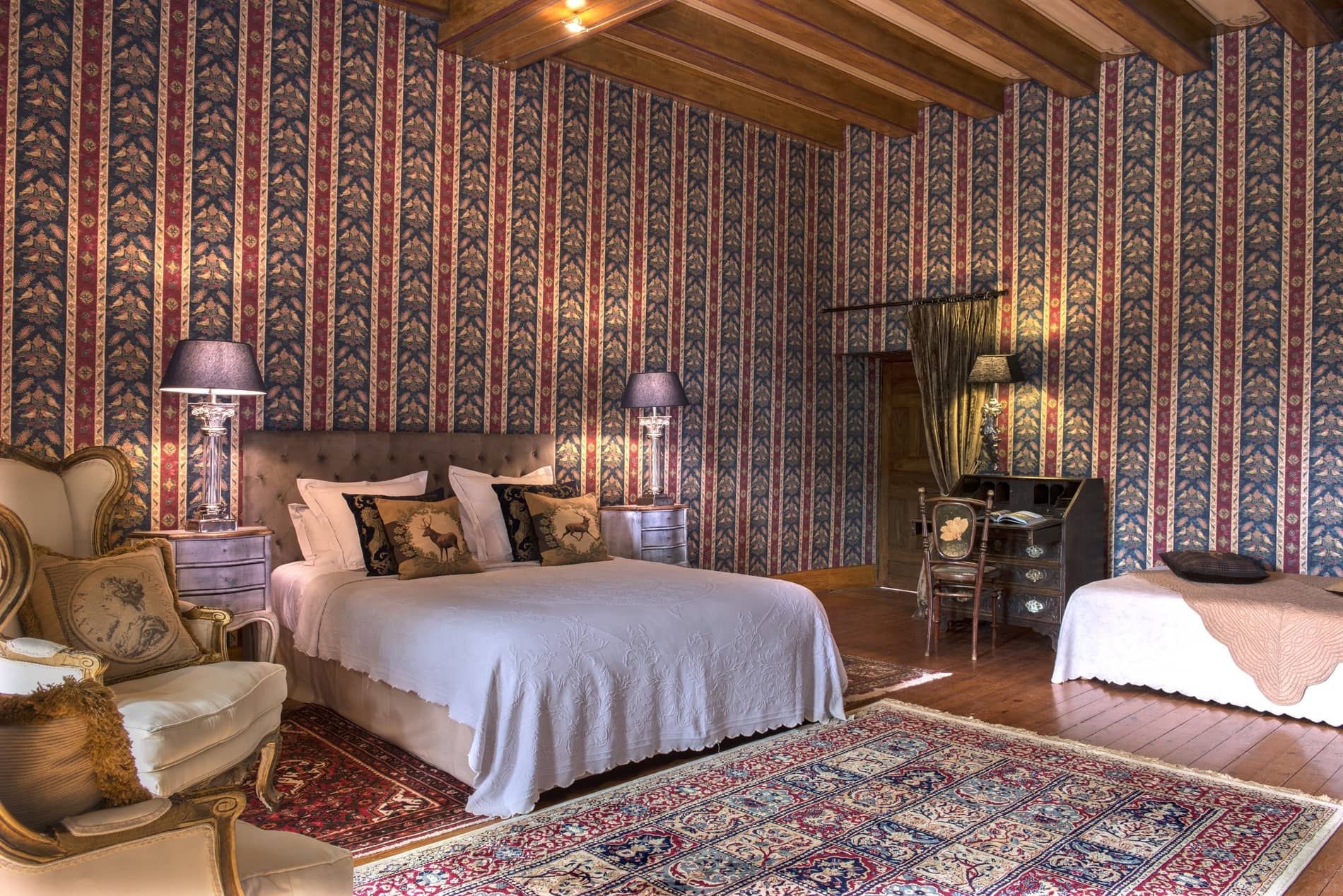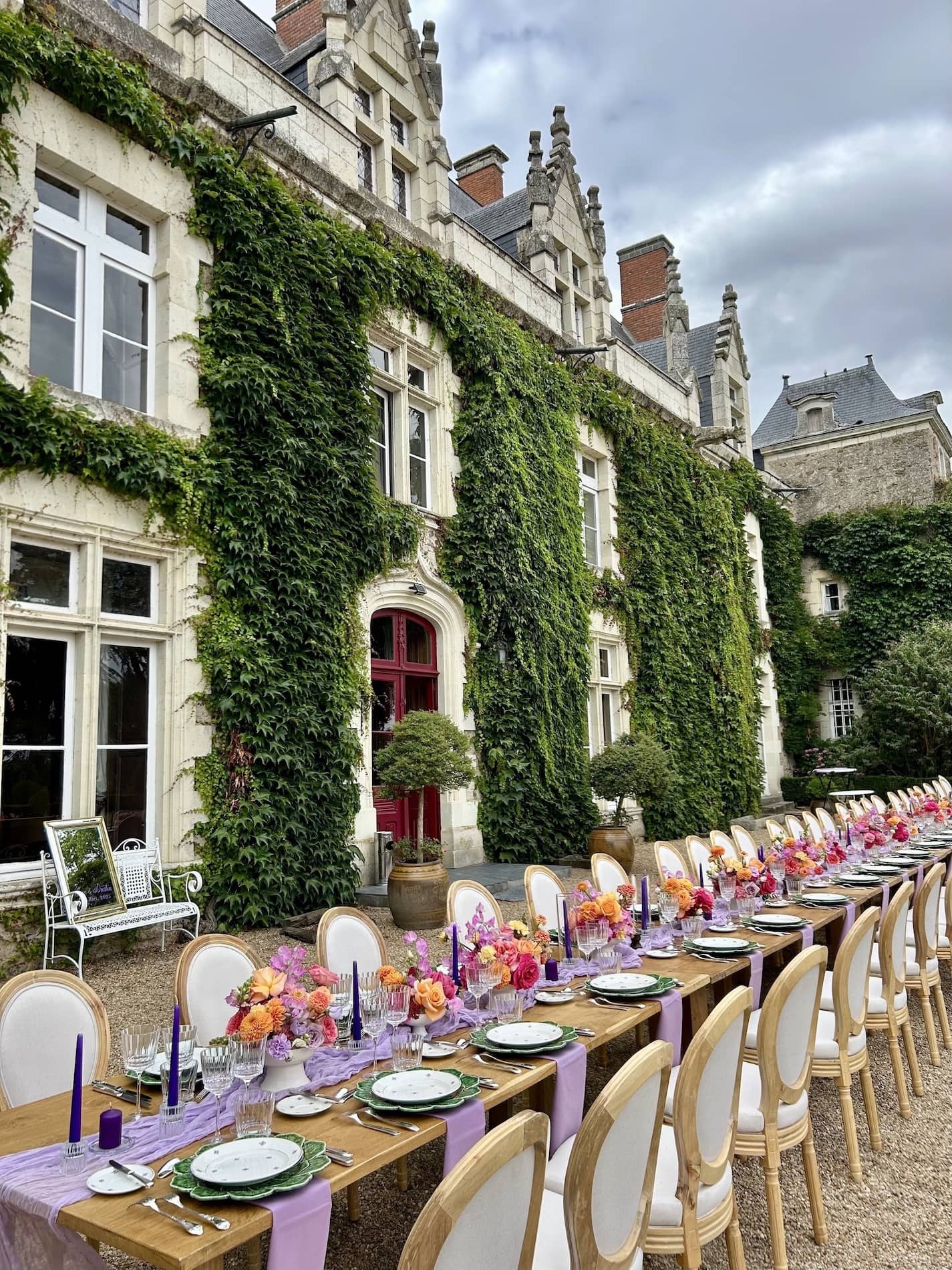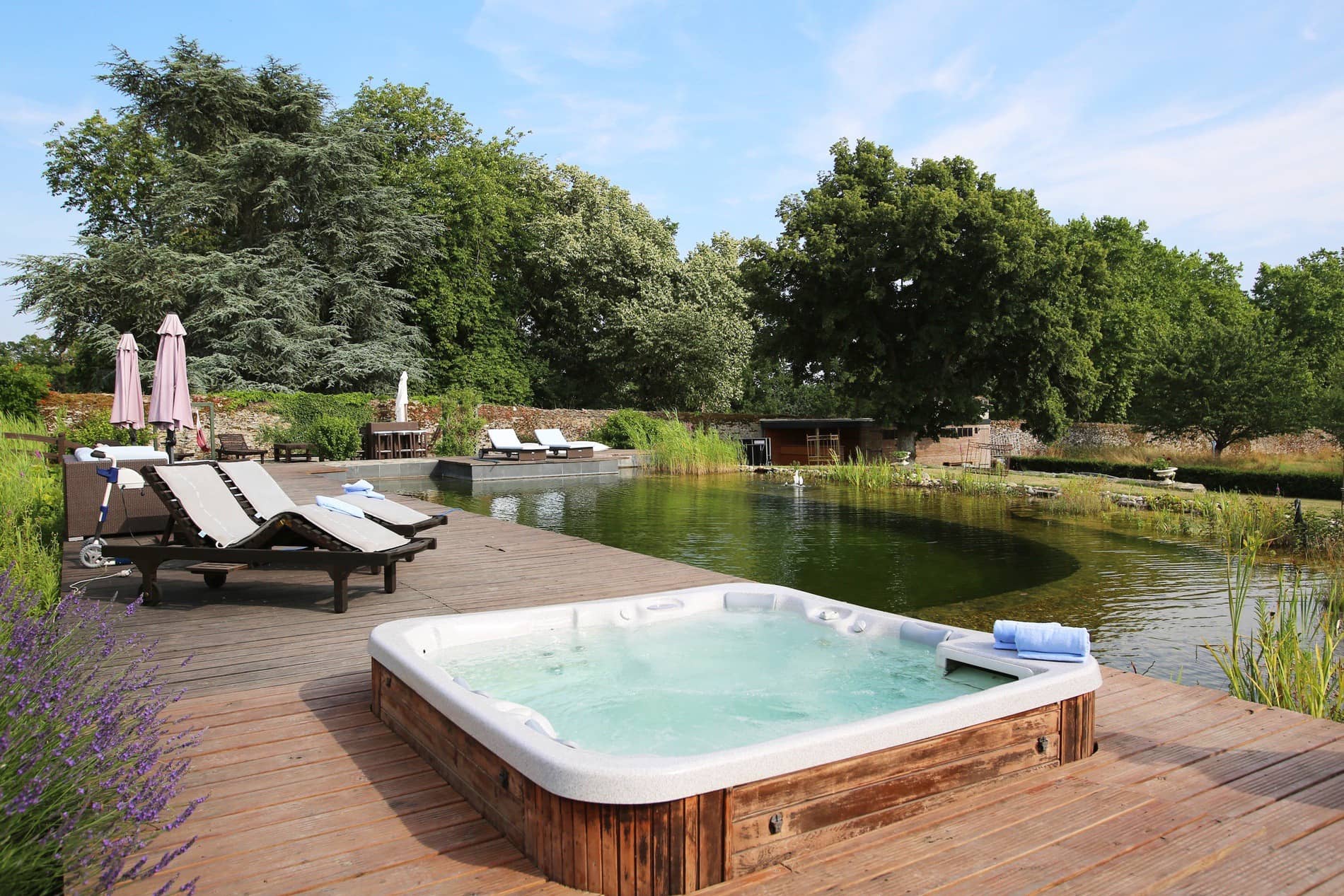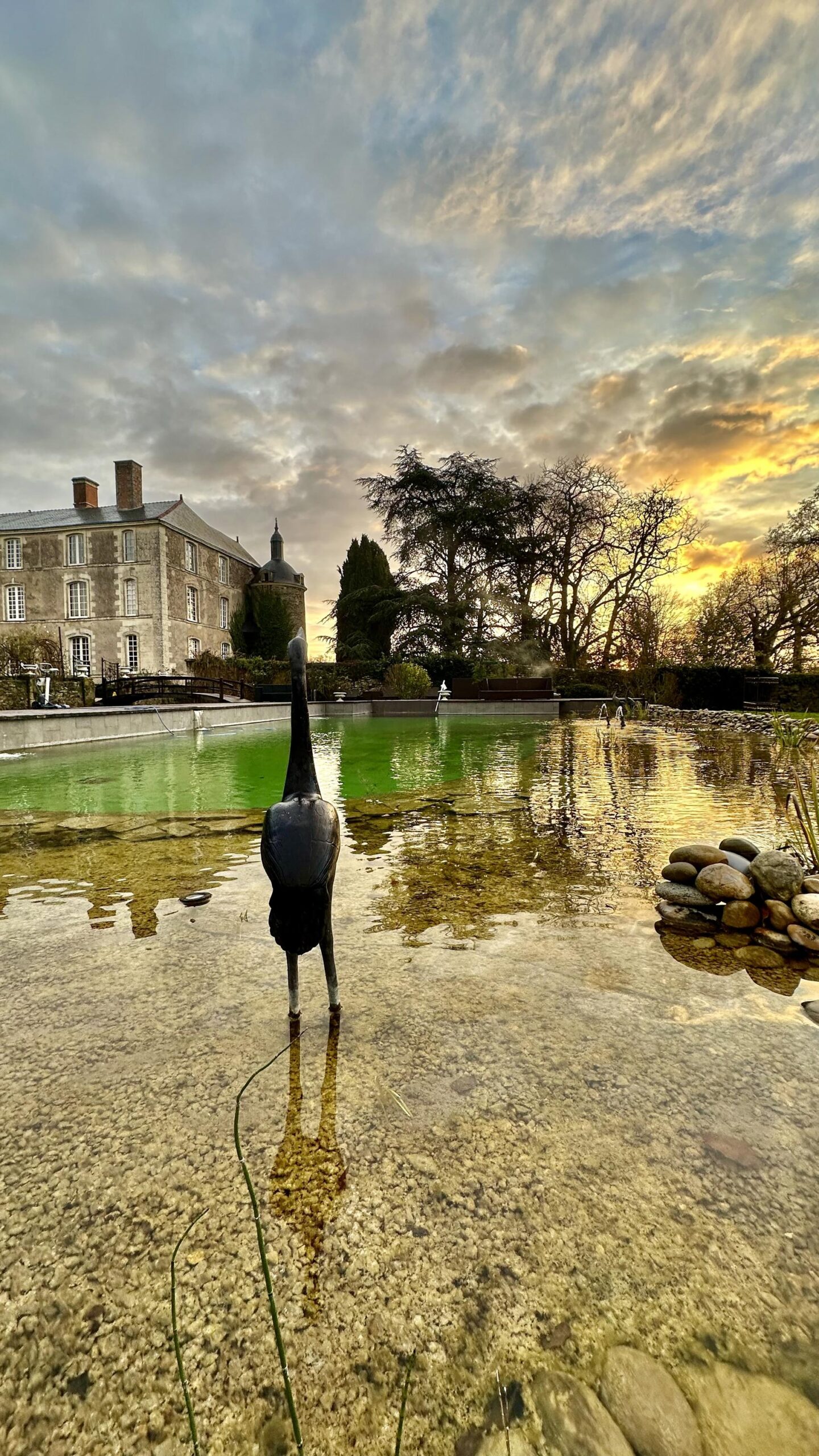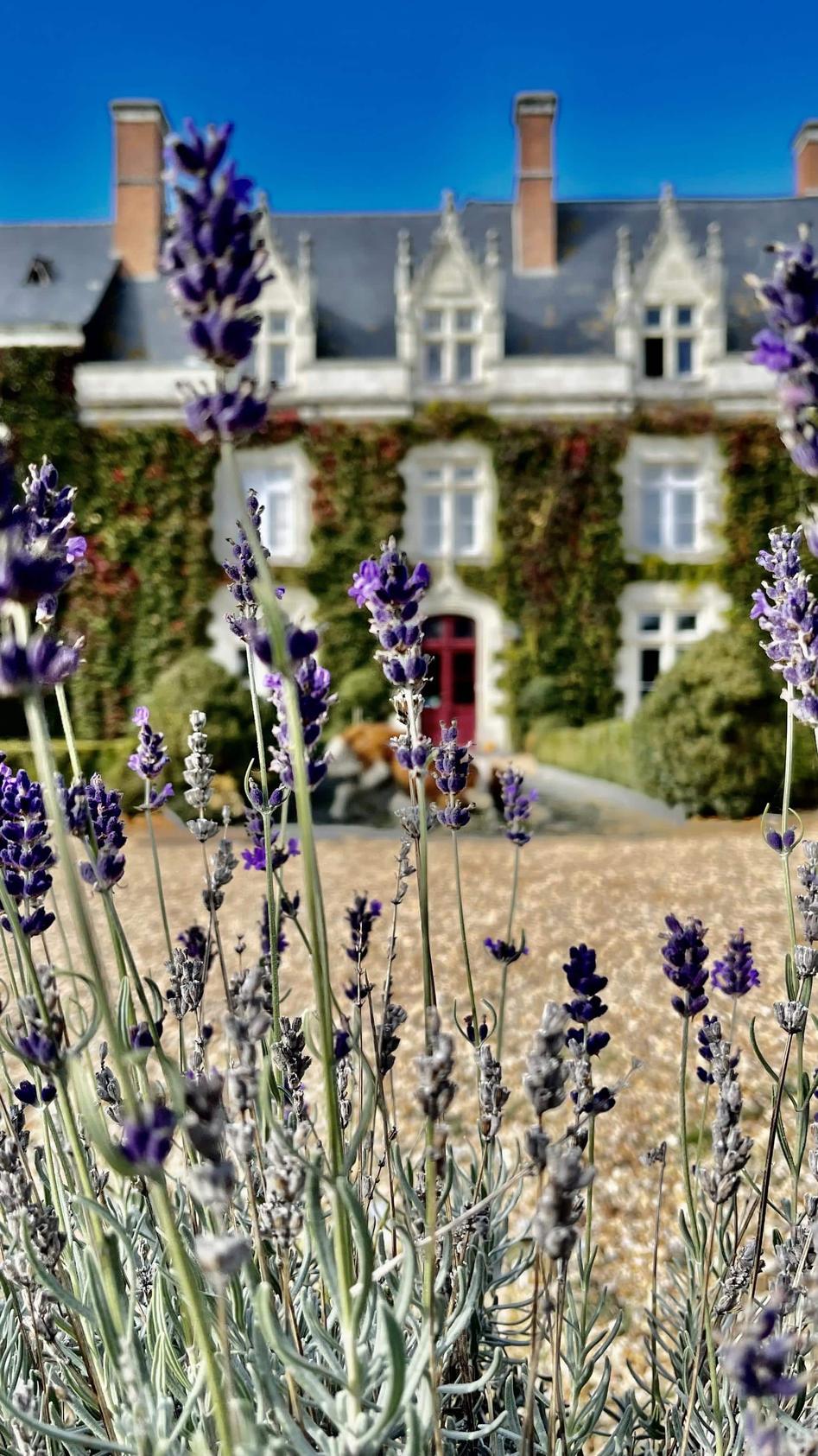Château de l'Epinay
Located between the vineyards and châteaux of the Loire Valley, it is an intimate sanctuary combining well-being and the art of living.
At the heart of a preserved 23-hectare estate, where meadows, woods, and gardens coexist, wildlife and flora thrive freely, offering guests total immersion in nature. This unique setting, a sanctuary for biodiversity, invites contemplation and rejuvenation, far from the hustle and bustle of daily life.
Here, slowing down, recharging, and savoring healthy cuisine are at the heart of the experience. Each day begins with a breakfast featuring local and organic products, then continues at “L’Orangerie” restaurant: an ode to local produce and creativity, where each dish tells the story of the region’s flavors.
The energy of the place offers a positive and transformative experience, in an environment where respect for nature, generosity, and kindness are fundamental values. The wellness areas – spa, natural swimming pool, hammam, jacuzzi – invite you to reconnect body and mind, enveloped by the surrounding beauty.

"We wanted to make it an intimate sanctuary where each guest finds balance between serenity, nature, and the art of living. Here, time stands still, making way for what truly matters."
Patricia Simon Dubreuil - House Mistress
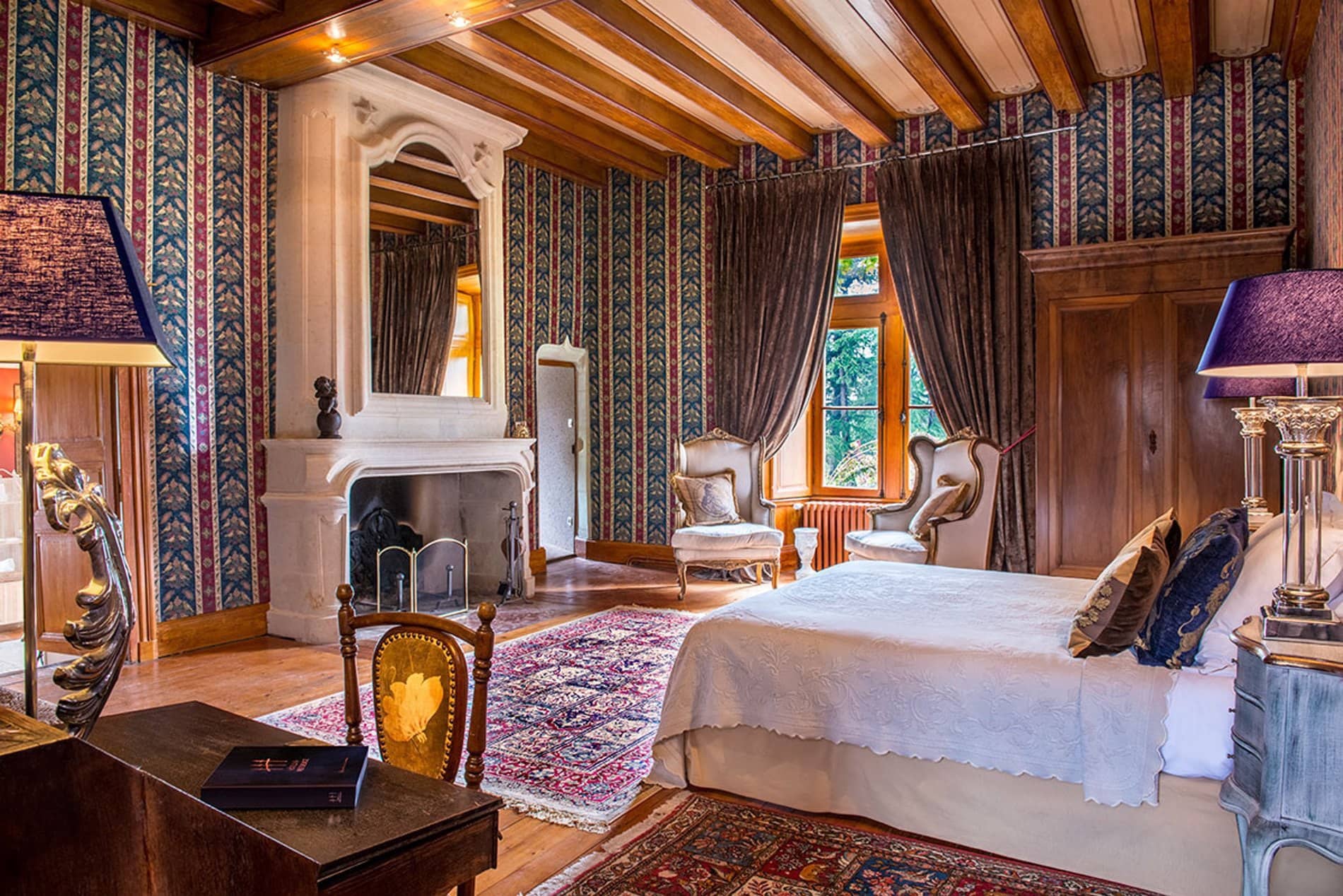
Rooms & Suites
The château features 27 rooms and suites. Each has its own unique character, blending old-world charm with modern comfort: park views, fireplaces, ancient beams, or tapestries.
The Luxury Suites, inspired by the 19th century, offer a living room, office, and bathroom with an antique bathtub and walk-in shower, while the Charm Rooms invite relaxation with their soft hues and views of the pool or park.
L'Orangerie Restaurant
“L’Orangerie” restaurant offers bistronomic cuisine, prepared with local and seasonal products, in a warm and elegant setting.
Open to both hotel guests and external visitors, it offers a gourmet experience that highlights creativity, local flavors, and conviviality.
Also enjoy the breakfast buffet featuring organic and local products, or try the “Chic Picnic” experience in the park.
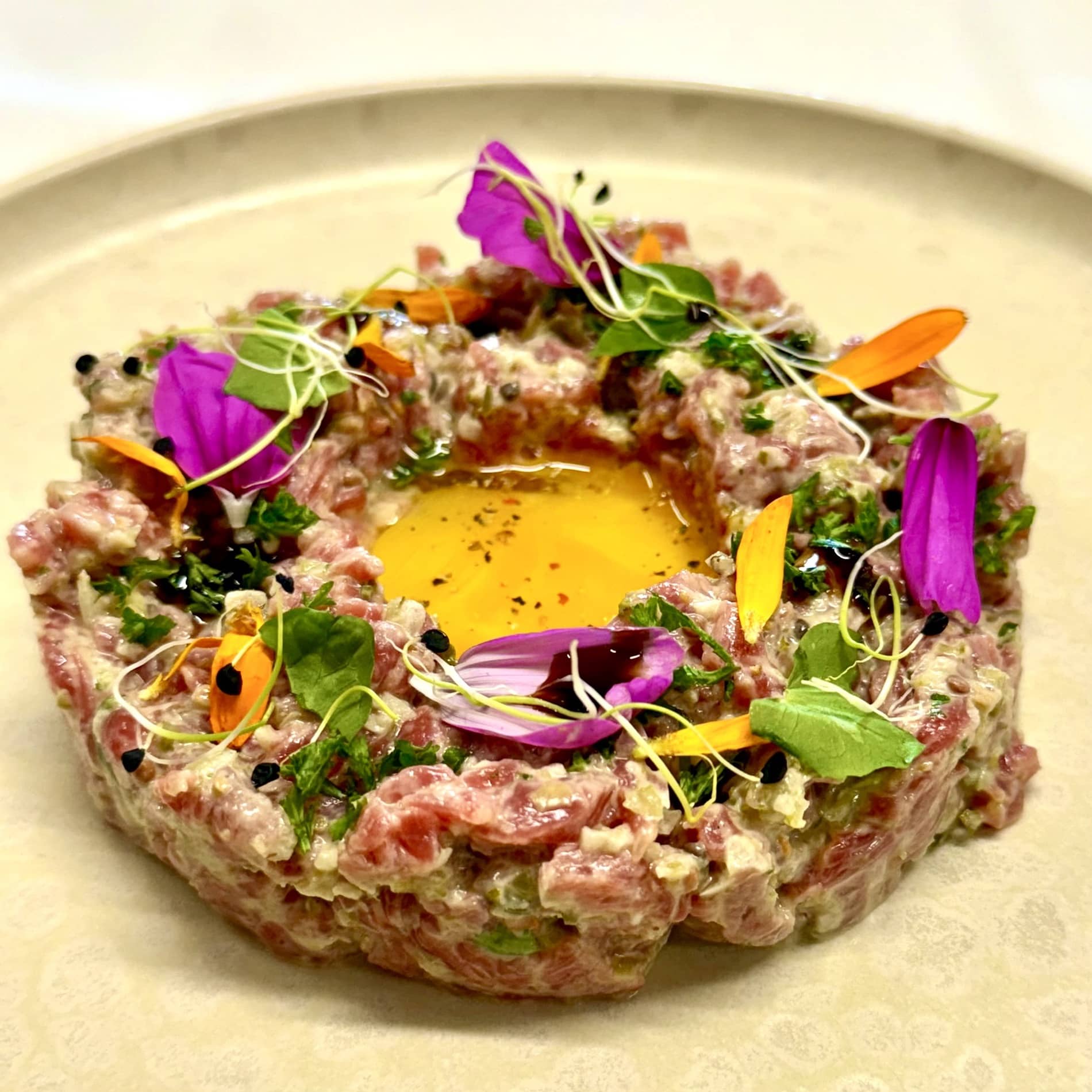
Your Wellness Moment
At Château de l’Épinay, reconnect with the essentials: beauty institute, natural swimming pool, hammam, jacuzzi, fitness, and outdoor wellness activities.
Access to the spa (by reservation), fitness center, natural swimming pool, bicycles, and gardens is included in your stay, to ensure relaxation and mind-body harmony in an exceptional environment.

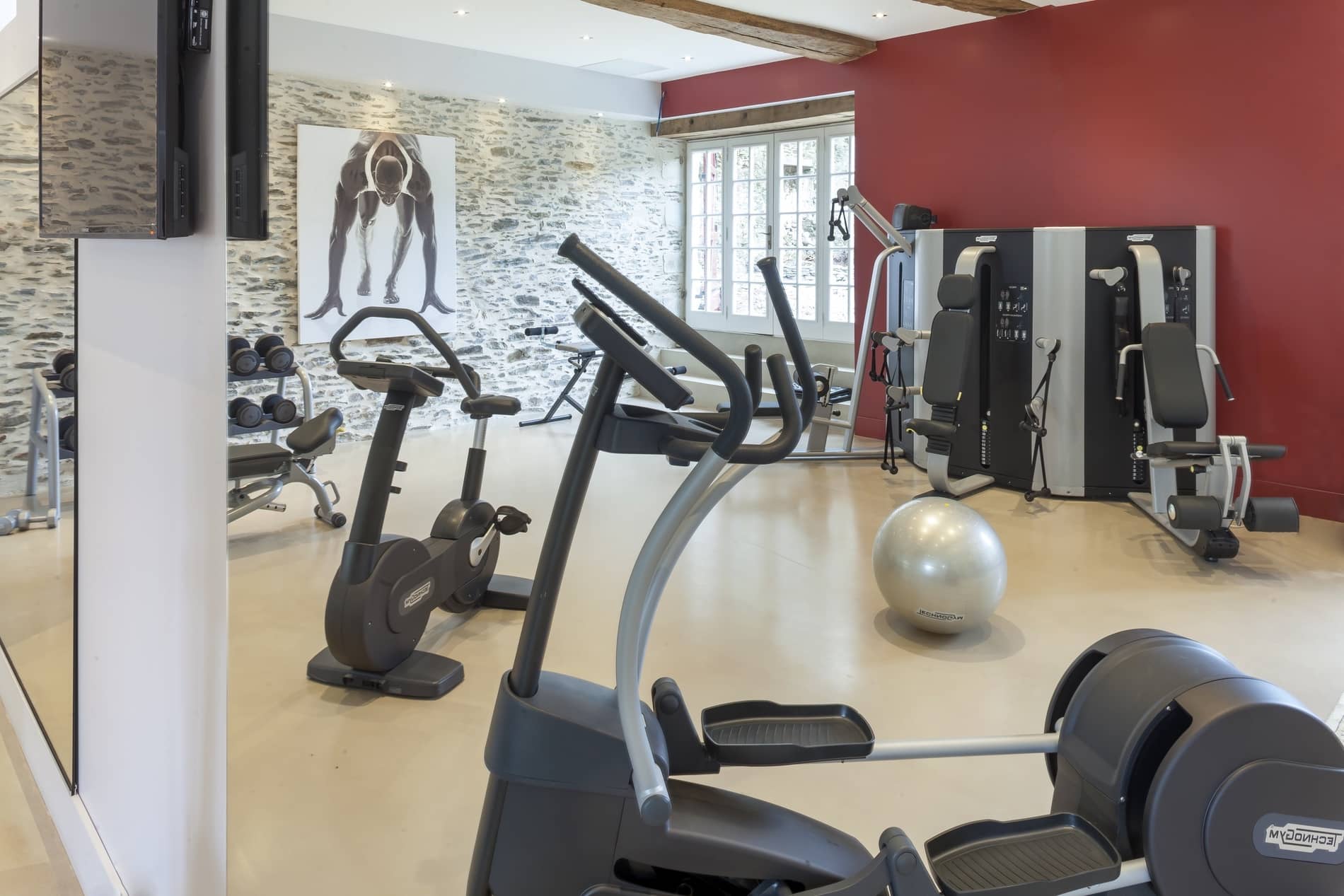
Exceptional Moments, Tailor-made Experiences
Surrounded by a 23-hectare park, the Château becomes the exclusive setting for magical weddings or private events.
Privatization includes access to the reception hall (110 seated guests, 200 for cocktails), the estate, and its 27 rooms (up to 63 beds).
Experience a unique moment that combines elegance, conviviality, and tailor-made service, in a timeless setting, just 20 minutes from Angers.


Workshops & Themed Retreats
Château de l’Epinay hosts workshops year-round (yoga, mindfulness, rejuvenation, team-building…) and themed retreats in an environment conducive to inspiration and letting go.
Participants benefit from access to wellness areas, high-end accommodation, and healthy, gourmet dining, for personalized and revitalizing “health and fitness” stays.


